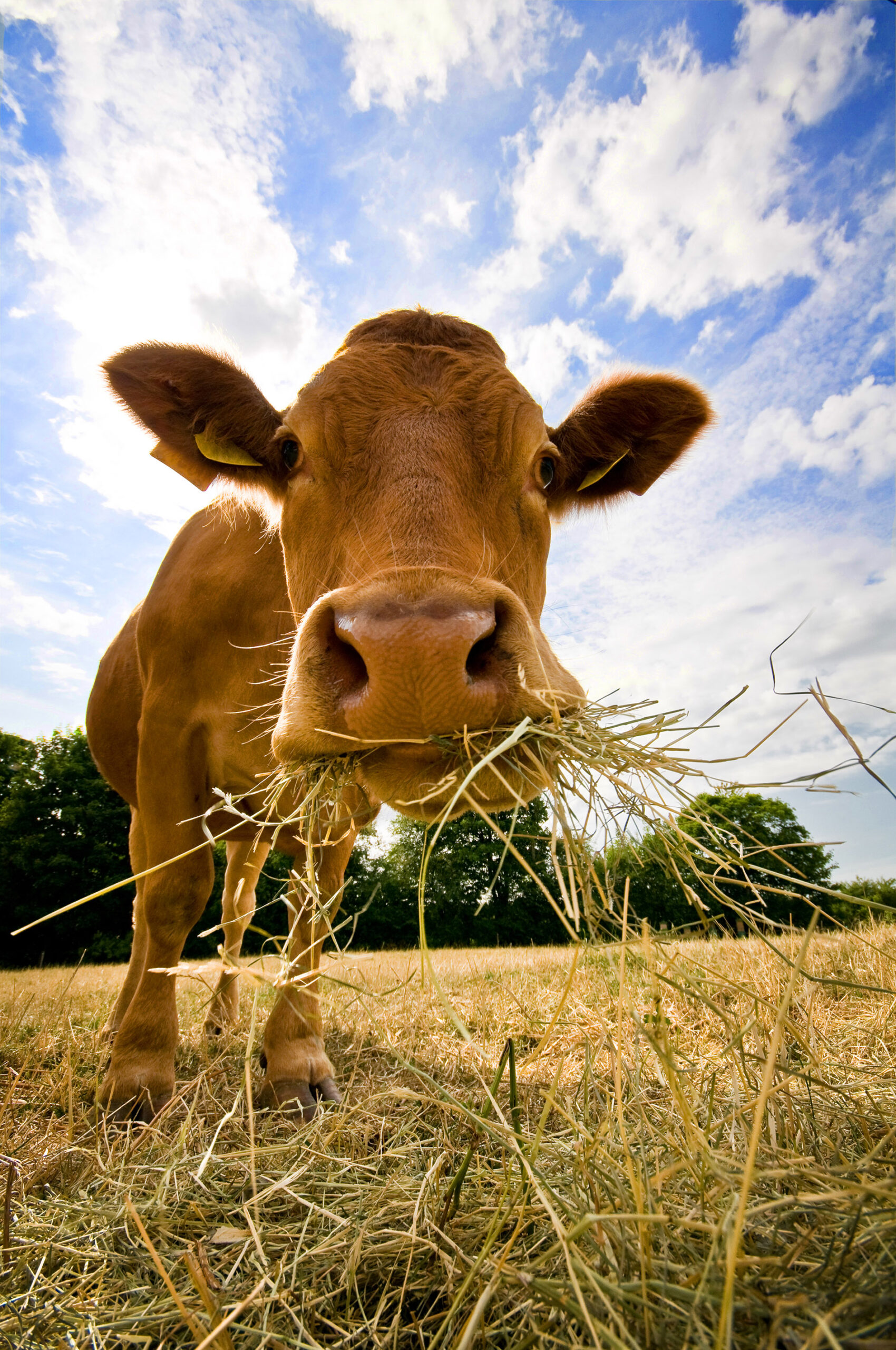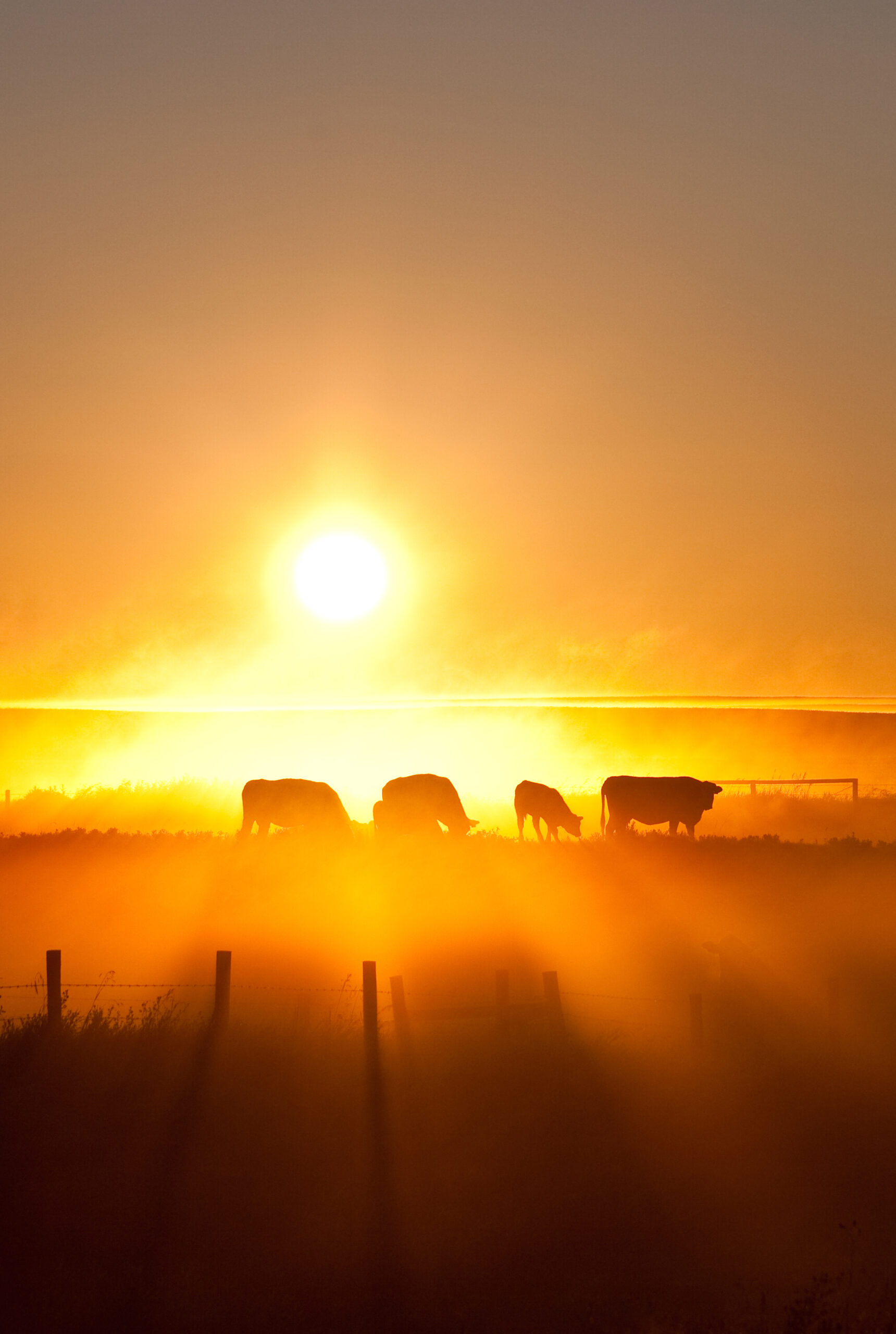It is a known fact that rainfall and climate have an influence on veld and grass production. It is therefore important to know that the veld and the nutrients it can provide at a specific time would change. To ensure optimal animal production, lick supplementation must adapt to the prevailing veld condition.
Summer grass is high in moisture and low in fibre and will usually provide the animal with enough protein and energy, but lack minerals, especially phosphorus (P). It is therefore common practice to provide animals with phosphorus licks (enriched with trace minerals) during the summer. Experiments conducted under South African grazing conditions have repeatedly demonstrated that livestock show a response to phosphorus supplementation during this period when the veld is at its best and the animals are gaining weight.
The question that now arises is whether the natural grass can supply enough protein to the animal later in summer/autumn to ensure sustainable animal production?
Transition licks
Most grass species run to seed during the month of maximum rainfall, whereafter the protein content of the grass starts to decrease, the fibre content increases and the digestibility of the grass declines. As the rainfall decreases and the grass matures the inherent energy values of the grass is still enough to satisfy the maintenance requirements of animals. However, because of the reduction of protein in mature summer grass, rumen microbes can not digest the grass properly to release the inherent energy in the grass to the animal. It must also be kept in mind that phosphorus can not be utilized efficiently if the protein and energy intake of animals is low.
During the late summer and autumn, it is therefore necessary to supply animals with a small amount of protein to prevent them from losing weight before you start with full winter licks.

Healthy animals are happy animals.
Advantages of using a transition lick
By using a transition lick during late summer and autumn, protein is supplied to the rumen microbes. This will ensure optimal digestion and intake of mature grazing. Better intake of grazing will curb unnecessary losses in body weight and condition of breeding cattle during the transition period. Breeding animals will therefore approach the winter in a good condition, which should lead to heavier calves at weaning. The condition of breeding animals during the period from autumn to spring (in summer rainfall areas) will have a direct effect on the re-conception in the following summer. For this reason, various producers are already using transition licks as a standard practice in their lick programmes. A further advantage of using a transition lick is that animals are already partially adapted to a urea-containing lick, which decreases the risk of urea poisoning when animals are introduced to winter licks.
What to give
There are different ways to supply animals with a transition lick. Yara Animal Nutrition’s new product, called KimtraPro 20 is a ready to use phosphate, magnesium, protein and trace mineral supplement and can be used as a transition lick during late summer/autumn. Intake for cattle will be 150 – 350 g per animal per day and 25 – 50 g per sheep/goat per day. You can also mix your own transition lick by making use of PhosSure 12 or Kimtrafos 12 Grandé. The mixtures are as following:
Transition lick for cattle and sheep
Ensure that you adapt your licks to changing grazing conditions to ensure optimal animal production.
Vist their website to learn more about the solutions they have to offer, www.yara.co.za.








